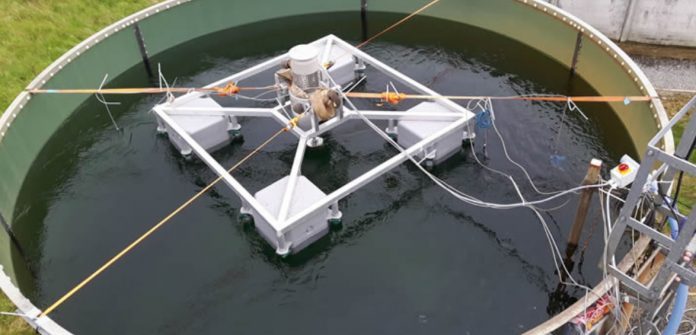Irish research project shows signs of being all about salmon, RAS
Irish researchers and industry will start pooling their expertise to find ways of “easily transferring” what amounts to recirculated aquaculture systems, or RAS, to existing and new “on-land aquaculture sites” still using inland streams for water flow, it was understood Thursday.
The project, dubbed ECOAQUA, has received EUR 348,781 in matching funds from the EU’s European Maritime and Fisheries Fund in what seems to be an attempt to coordinate RAS add-ons to Irish nurseries on behalf of the Irish Department of Agriculture, Food and Marine. It’s part of a EUR 147 million investment package for Irish fisheries and aquaculture that was put together two years ago and is intended to last until 2020.
EU funds
Of that money, EUR 14.9 million will support the Irish National Strategic Plan for Aquaculture aimed at making the sector competitive. Gaining knowledge — especially of RAS — seems the primary early aim of the project, seen as an offshoot to the Department’s Morefish program (that program’s researchers attended a Dutch-hosted RAS seminar in October 2017 where they were “gaining solid knowledge about the principles of RAS” while “mastering the basics of design and sizing”.
 Meanwhile, Ireland’s salmon-production has stalled due to disease issues. RAS offers the hope smolts can bring year-round production to the country’s waiting net-pens.
Meanwhile, Ireland’s salmon-production has stalled due to disease issues. RAS offers the hope smolts can bring year-round production to the country’s waiting net-pens.
The project’s promoters, however, are aware the cash for RAS is aimed at improving “production efficiencies and management” inland by “analysing the environmental and energy performance of three freshwater aquaculture sites by extensive sampling and remote online monitoring of water parameters”. SalmonBusiness failed to nail down which three, but Marine Harvest — with its own broodstock and juvenile production at Kindrum, Lough Altan and Pettigo — could be central to the plan.
High-value fish
Ireland currently ranks “as fifth in value and seventh in volume in terms of high-value fish species with exports supporting approximately 2,000 jobs,” a statement from the University of Ireland in Galway said. “However, the sector in Ireland has remained relatively stagnant and has significant potential to grow, develop export markets and create employment in rural areas,” the communique said.
“(Exploring RAS is) strongly aligned with Ireland’s FoodWise2025 policy that seeks to grow food exports by 85 percent to EUR19 billion by 2025,” the statement said, adding, “The output of this project will include new information, new methods, and increased awareness (of RAS).”
The majority of aquaculture in Ireland is “related to Atlantic salmon and shellfish”, the EU acknowledges. Aquaculture is mentioned 283 times in the 166-page EU report on helping Ireland’s fishery, an effort that includes paying for new and upgraded quayside facilities in the Multiannual National Strategic Plan for aquaculture.


